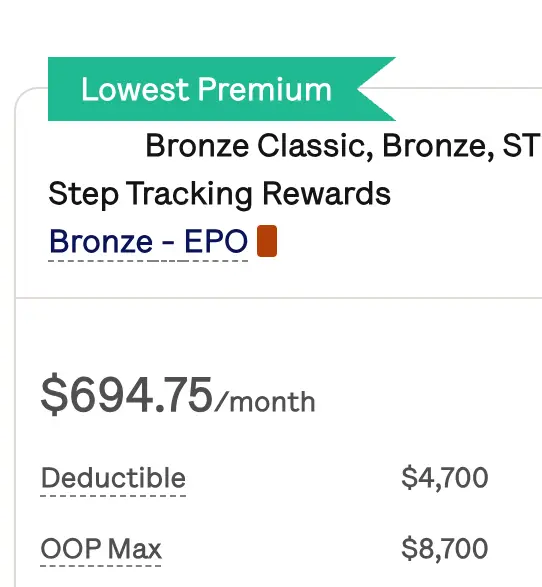How Much Does an Electroencephalogram (EEG) Cost Without Insurance?
The average cost for an electroencephalogram (EEG) in the United States without insurance ranges between $200 to $3000 or more. A routine EEG is less expensive, usually between $200 to $700, though costs increase if you need increased monitoring.
Many factors affect the cost of an EEG, including the type of EEG, geographic location, physician fees, and insurance status.
Average Cost of an Electroencephalogram (EEG) Without Insurance
EEGs usually cost between $200 to $3000 or more. The estimated average cost in the United States is around $972. Costs can significantly increase if you require increased monitoring and whether or not you want a video recording.
Factors Affecting the Cost of an EEG
The total average cost for an EEG varies greatly, depending on the type of EEG, your geographic location, physician fees, and your insurance status. The following subsections will examine how these factors affect your total cost estimate.
Type of EEG
The table below outlines average prices for different types of EEGs without insurance:
| Type of EEG | Price Average |
|---|---|
| Routine EEG | $200 - $700 |
| Prolonged EEG | $2420 |
| Video EEG monitoring | $929 |
| Ambulatory EEG | $760 - $1260 |
| Sleep EEG | $733 |
Sources: Medicare, MDsave, St. Petes
Routine EEG
A routine EEG usually lasts 20-30 minutes, making it relatively less expensive. It does not have any video recording included. The EEG is often done with activation procedures, making capturing the brain wave readings easier. Activation procedures include photic stimulation (flashing lights), hyperventilation, and sleep deprivation.
Prolonged EEG
A prolonged EEG is similar to a routine EEG and can be done with or without video recording. The most significant difference is that it requires more comprehensive monitoring, lasting around 1-2 hours or several days. It gives your healthcare provider more information to diagnose or manage seizure disorders.
Video EEG Screening
This type of EEG is usually considered inpatient and prolonged, making it more expensive than a routine EEG. However, it does necessarily have to be either. The technician records a video of the patient during the EEG to allow a healthcare provider to observe them while they experience a brain-related event.
Ambulatory EEG
An ambulatory EEG is an outpatient procedure, which means it can be done in an EEG monitoring unit or in the comfort of your home. They usually last around 1-3 days. You can go about your daily life while the EEG machine tracks your brain activity.
Ambulatory EEGs can be a less expensive alternative to prolonged inpatient monitoring, with costs 51%-65% lower than a 24-hour video EEG monitoring admission.
Sleep EEG
This test is performed while you are asleep and helps your healthcare provider study potential sleep disorders. There are two types of sleep EEGs:
- Sleep deprivation EEG: you avoid sleeping or have less sleep the night before the test
- Natural sleep EEG: you are allowed to fall asleep naturally during the test

Get affordable doctor copay without paying insurance premiums
Join 39,000 people and get Mira, the best alternative to traditional insurance. Enroll and use immediately. Plans start at only $45/mo.
Jasiah Hasan is from Portland, Oregon. She is completing her Master's in Public Health in global health policy at George Washington University. Outside of health equity and women's health, Jasiah is passionate about writing and dreams of one-day publishing poetry books.
